Guernsey Electricity CO2 emissions up eight times during cable fault
- Published
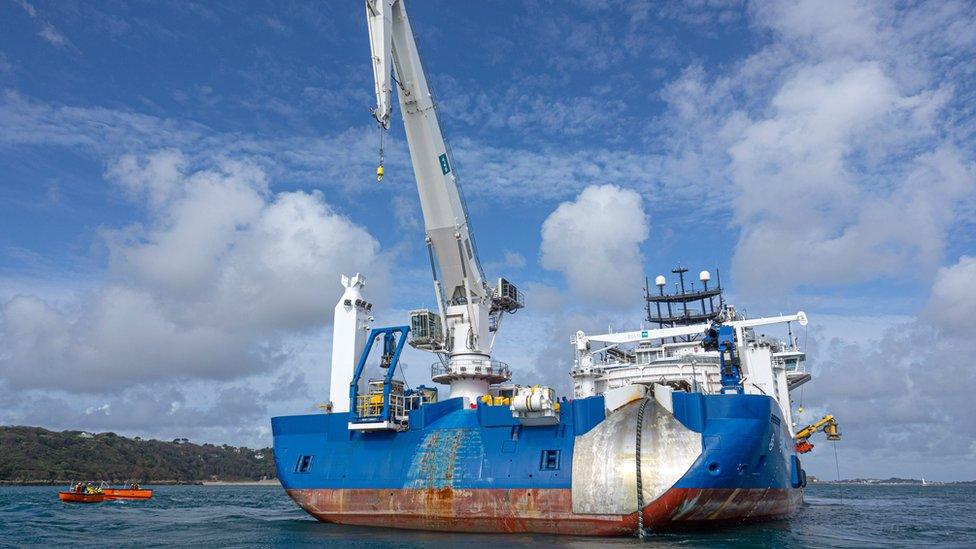
A new cable linking Guernsey to Jersey was finished in October
Eight times more carbon dioxide (CO2) was produced by on-island electricity generation in Guernsey while an undersea cable was damaged.
The cable developed a fault in October 2018, meaning less power could be drawn from the French grid via Jersey.
Access to renewable and nuclear energy sources in France has now been restored.
Guernsey Electricity said while the damaged cable was used 200,000 tonnes of the greenhouse gas was released.
John Sexton, from the firm, said: "It's vital for the island, for us, that we access these low carbon and renewable sources.
"It sees us return the power station to very much a backup and top-up role with a dramatic reduction in having to burn fossil fuels on [the] island."
The company said CO2 emissions would now go back to about 24,000 tonnes a year.
A new cable to Jersey, which was completed last month and cost the company £30m, will allow the firm to provide up to 90% of Guernsey's energy usage through low carbon and renewable sources from France.

CO2 emissions rose eight times while the cable was damaged
Guernsey Electricity wants to install a direct cable link to France by the mid-2020s, in a bid to further reduce greenhouse gas emissions.
The firm's chief executive, Alan Bates, said a direct cable would mean the firm could fulfil "around 99%" of the island's electricity demands.
Estimates made by the company have indicated CO2 emissions would drop to about 1,800 tonnes per year
It could cost up to £85m and would be subject to approval and investment by the States - the company's shareholder.
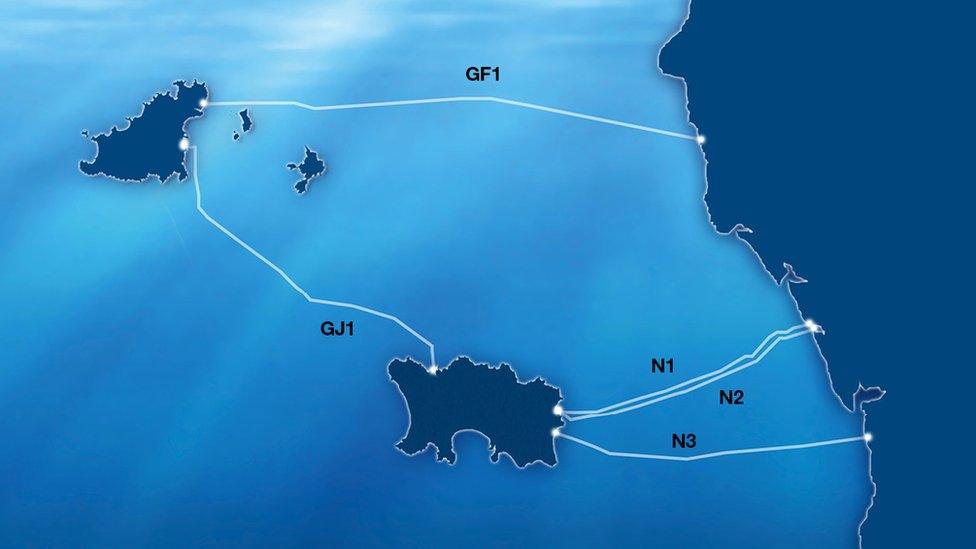
GJ1 has been replaced and GF1 is the proposed direct cable link to the French grid
- Published13 November 2019
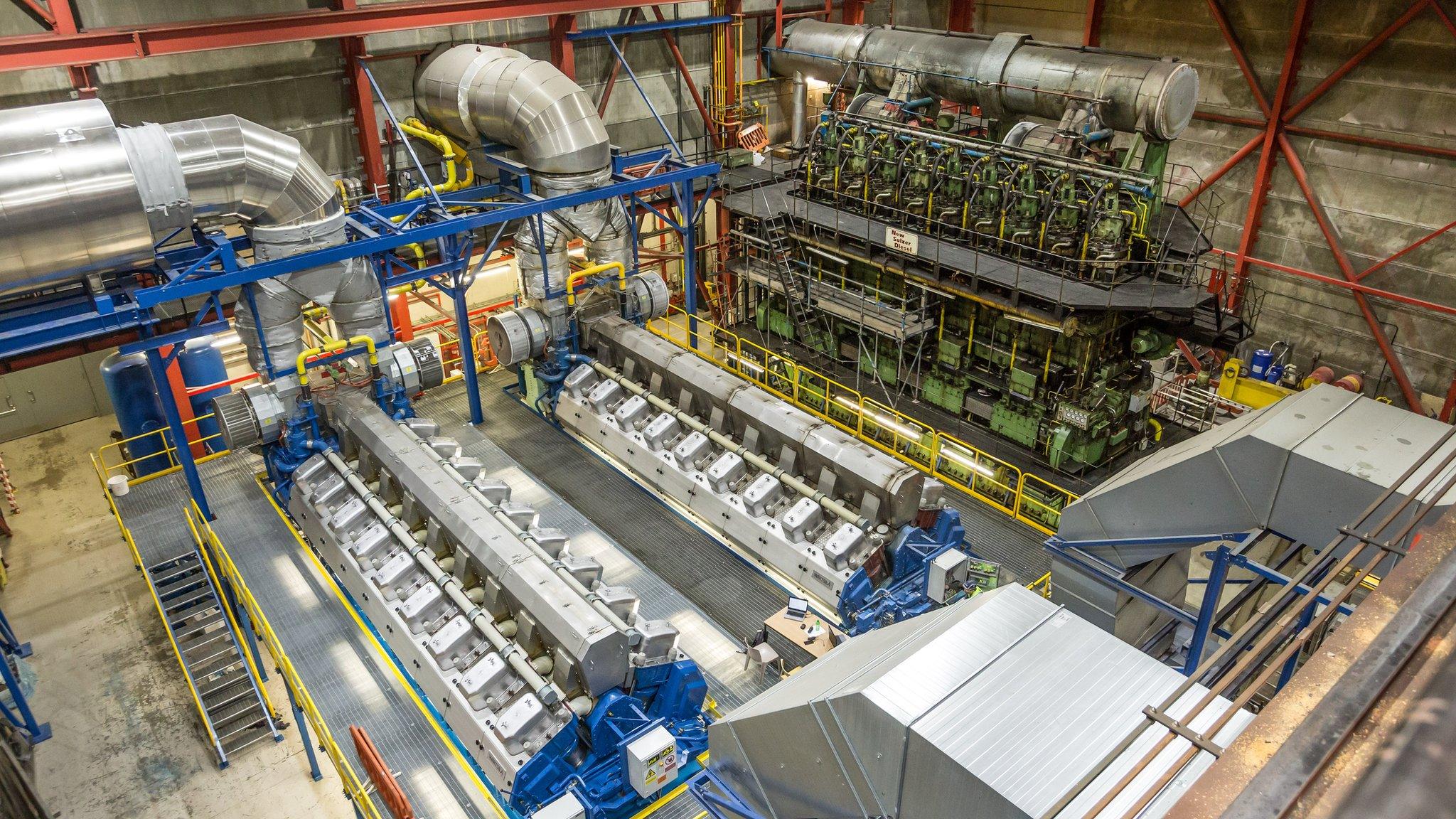
- Published31 October 2019
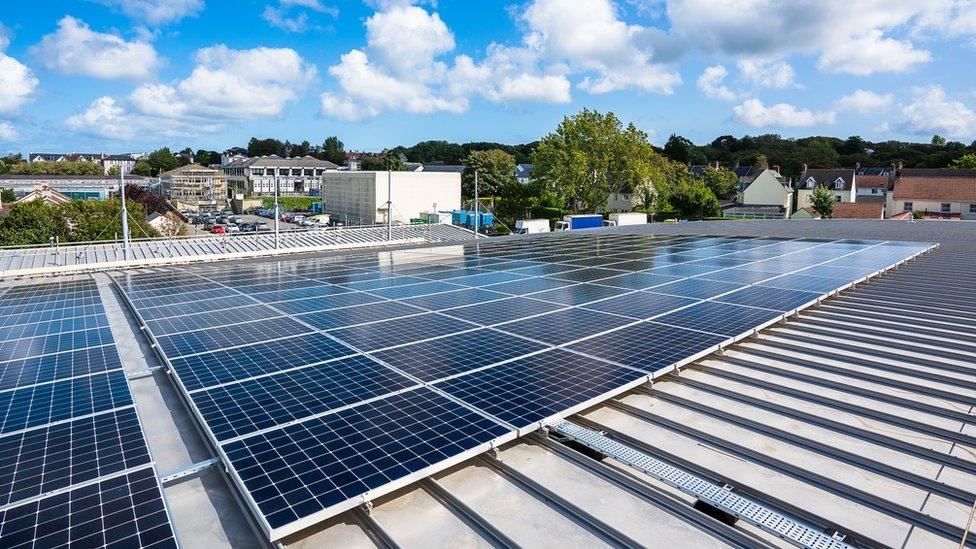
- Published26 October 2019
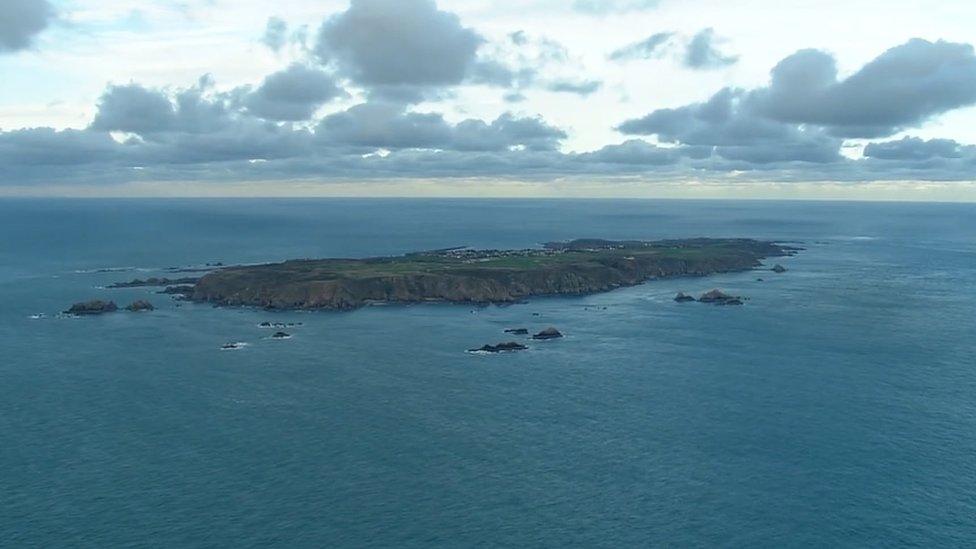
- Published11 October 2019
